
I was in the kitchen brewing my hibiscus tea when one of my bosses entered.
"Another day, another dollar!" he cheerfully chimed.
Boy, did that send me on a trip down memory lane!
Every morning when we were kids, my mom used to lightheartedly announce, "Another day, another dollar in the hole!"
It sounds so depressing now!
I am the oldest of seven in a blended family. One of my siblings needed a lot of surgeries while still a baby. I'm always astounded when I look back and remember how well my mom and dad made it through some remarkably lean times.
Things were much cheaper back then, but wages were much, much lower than they are now.
Both my parents were raised by parents who lived through the Great Depression. Both of them knew poverty. Not what people think of as modern poverty - not being able to afford a season's pass at the local ski area or buy the most recent smart phone upgrade - but real poverty, the kind that sent some people jumping out of the windows of tall buildings. The kind of poverty that inspired a father to build his son a toy railroad track from used tin cans. The kind of poverty that resulted in using magazines as toilet paper and making quilts or even new clothes from old clothes or feed sacks.

Everyone then wore hand-me-downs, and they wore them until the fabric was so thin, the clothing often had built-in air conditioning for years. Cardboard could be made into shoe soles. Too-short jeans? That was a way of life. Suspenders weren't a fashion element. They really did hold up the pants passed down by an older brother because he couldn't fit into them anymore.
Foil was used over and over again until faded into oblivion. Feed sacks were used to make quilts and clothing because no one could afford fabric then. It was common to go a day or two, sometimes more, without a meal. Starvation was common.
Only about a quarter of the population had jobs, and only a handful worked full time. No one could afford medical care. No one could afford divorce or separate living arrangements once they did separate, so abandonment became the easy way out. Vagrant children really were homeless, with no suitable shelters provided anywhere, no charitable organizations to which they could turn.
A family making $1,200 a year was in good shape. Think about that. They lived on $100 a month and were in good shape, compared to the majority of the population!
Group housing then wasn't eight young adults living in one three-bedroom apartment with heating, air conditioning, running water and functional sewer. Group housing then consisted of entire families living in shanties much like we'd see in third-world countries now, some with no utilities. In some places, families lived in caves or sewer pipes.
The economy during the Great Depression was depressing, beyond anything we today have ever known. And yet, it brought some families together. It caused individuals to be more creative, more industrious, more productive.
The Great Depression is what created the services we have for the poor today, so the poor today will never have to experience the deprivation society as a whole endured then.
"Another day, another dollar in the hole!" It's probably something my mom grew up hearing, only not in a sprightly manner. The only child of a widowed mother (my grandfather died when my mom was 3), my mom learned at a young age the difference between want and need. By the time she married my dad, bringing three additional children to the three my dad already had, having 12 cents left over each month after paying bills must have seemed like a blessing from heaven. There were no extra 12 pennies every month when she grew up.

I remember the first time she had $30 leftover after paying bills. Off to the grocery store we went! She was so excited to buy food we hadn't been able to afford in ages. Bologna, puffed rice cereal and powdered milk could be supplemented by eggs, sugar and fresh veggies we didn't grow in our backyard!
As soon as I turned 12, I was babysitting every weekend so I could buy my own clothes (as opposed to hand-me-downs from an older cousin halfway across the country I never met)... and vinyl records! I loved music! My parents couldn't afford to buy music. If I wanted to hear anything besides the AM radio, I had to buy my own. Record albums then, the equivalent of CDs now, were about $2.99. (Elton John's Greatest Hits in 1974 was my first album ever.) Back then, I typically made 50 cents for a night of babysitting. One big tipper would pay me a whole dollar. It often took me at least a month before I could save up enough money for an album, and that was only if I didn't need clothes for school - clothes I picked myself, not used-looking hand-me-downs I could get for free.
Ragtime jeans, my favorites back then, were $7.99, plus tax. That was two full months of babysitting money, and at the time, worth every single penny to a style-conscious teen.
In junior high, I volunteered to pay my own locker fee at school so my mom could buy fancier spiral notebooks (designs on the covers instead of plain blue or red) for all my brothers and sisters. And then I discovered yarn.
My grandmother had taught me to crochet years earlier, but I never knew until I saw yarn in the store for the first time that yarn could be bought. That pretty much was the end of all vintage '60s bell bottoms and vinyl rock and roll in my little molecule of the world.

A 4-ounce skein of Sayelle yarn (the only brand our little TG&Y, which my mom said stood for Turtles, Girdles and Yo-Yos, had way back then) was 88 cents. One or two babysitting jobs. I crocheted faster than I could earn money, so I'd go without yarn for sometimes two or three weeks, which felt like an eternity to a teenager.
Yet I never went without food. I still to this day do not know how my parents kept seven little (and two big) tummies full before my mom took a full-time job. (My mom went to work the year I became old enough to babysit the rest of the brood, because who could afford a babysitter for seven kids back then???)
"Another day, another dollar in the hole!"
I had to explain the expression to my boss. He's younger than me. I think his parents might be younger than me.
I had to bite my tongue to keep from asking, "What? You mean you've never had Ramen noodles?"










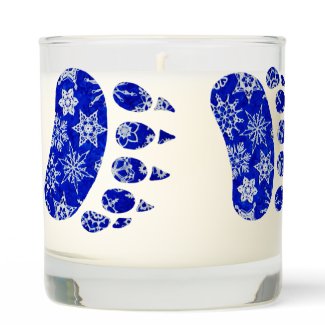




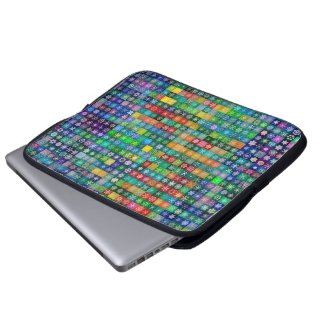
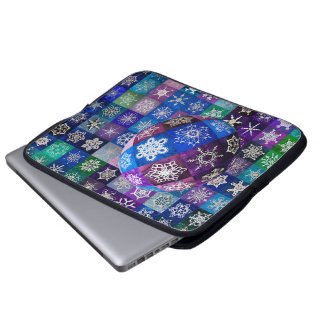















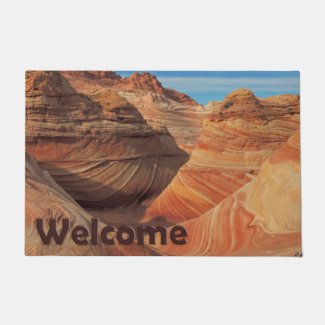


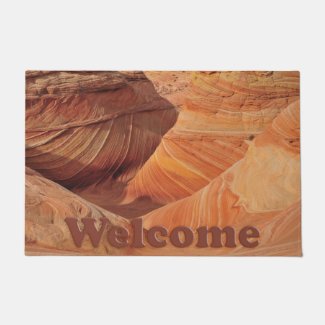

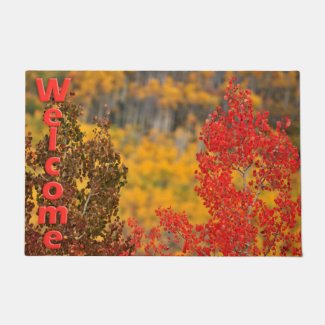


I hope that never happens again. $100 a month would be impossible to live off of now. But then again as shown, people do find a way to make it through most times.
ReplyDeleteI have different (just my brother and I), but similar memories. One thing I notice each fall is that stores stock minimal canning supplies. When I was a kid entire isles were restocked with canning supplies for the fall harvest.
ReplyDeleteWe are so ridiculously rich these days, aren't we? Your post brought back a lot of memories. Once I started earning I bought/made nearly my all own clothes. I think by my senior year in high school the only clothes I didn't sew for myself were jeans. Everything else came off the needle. :)
ReplyDelete